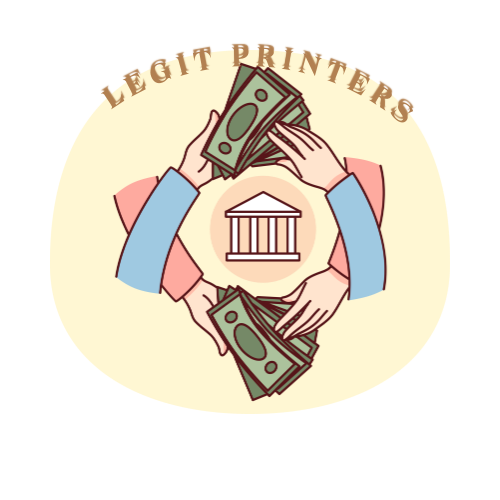Counterfeit Money Detectors, Counterfeit money detectors are devices or systems designed to identify fake currency and prevent fraudulent transactions. They work by analyzing the physical and chemical properties of banknotes, such as watermarks, security threads, microprinting, ultraviolet (UV) features, infrared (IR) patterns, and magnetic inks.
Modern counterfeit detectors use a combination of methods:
- UV Detection – Reveals features that fluoresce under ultraviolet light, which are often invisible to the naked eye.
- Magnetic Detection – Detects magnetic inks embedded in authentic currency.
- Infrared Scanning – Identifies patterns and inks that respond to infrared light.
- Watermark and Thread Verification – Checks for the presence of watermarks, security threads, and holograms.
- Size and Thickness Measurement – Ensures the note matches the exact specifications of authentic currency.
- Image and Pattern Recognition – Advanced detectors use cameras and AI to compare banknotes with authentic templates.
Counterfeit money detectors are widely used in banks, retail stores, casinos, and other businesses that handle large amounts of cash. They improve security, reduce financial losses, and maintain trust in the monetary system.
Research Trends:
Recent research focuses on integrating machine learning, smartphone-based detection, and multi-spectral analysis to improve accuracy and reduce false positives. Portable and cost-effective detectors are also being developed for everyday use.

